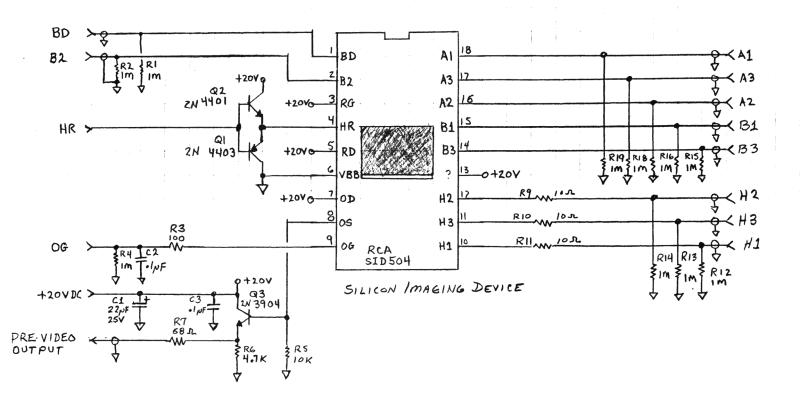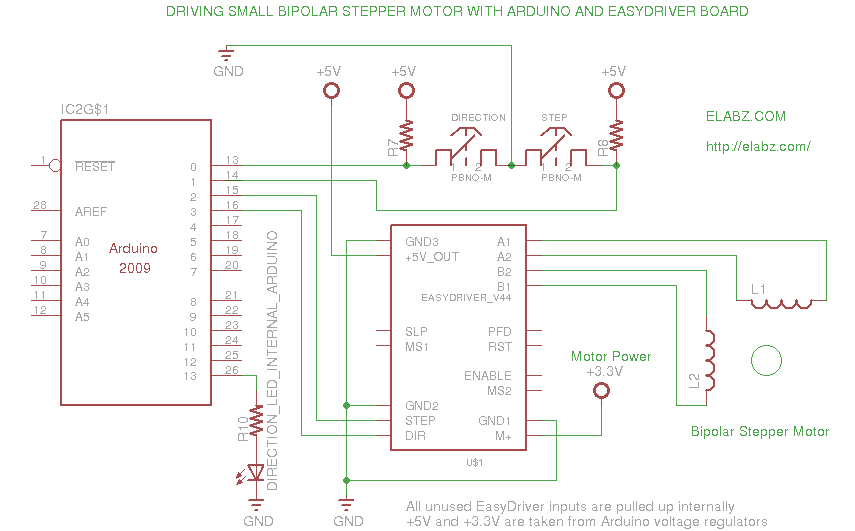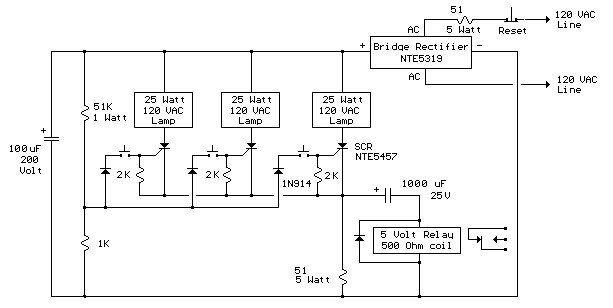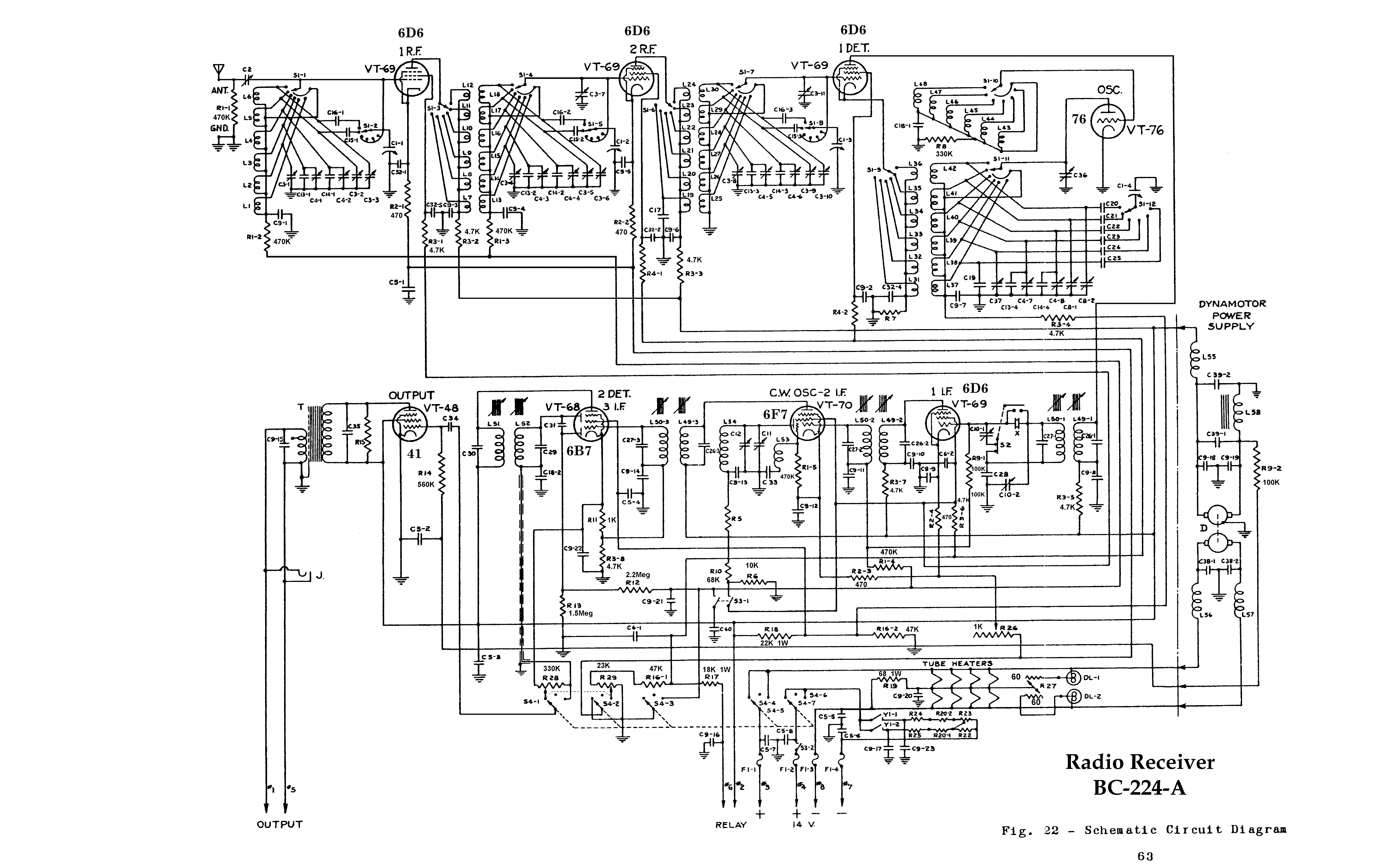
Worlds First Slot-Loading Xbox 360
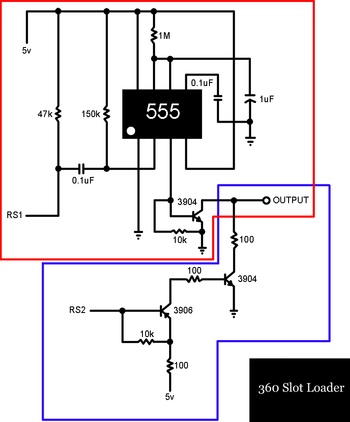
A slot-loading Xbox 360 features a mechanism similar to that of a MacBook, where a CD or DVD is inserted into a thin auto-loading slot rather than using a button to extend a mechanical tray. In contrast, the Xbox 360 employs a tray-loader system, while the PlayStation 3 utilizes a slot-loader design.
The slot-loading mechanism in gaming consoles, such as the PlayStation 3, offers several advantages over traditional tray-loading systems like that of the Xbox 360. The slot-loading design minimizes the physical space required for the drive, allowing for a more compact console profile. This design also reduces the risk of mechanical failure associated with tray mechanisms, as there are fewer moving parts involved in the insertion and ejection of discs.
In a slot-loading system, the optical drive incorporates a series of rollers and sensors that detect the presence of a disc. Upon insertion, the system automatically engages the disc, pulling it into the drive and aligning it with the laser assembly for reading or writing data. This process is facilitated by a spindle motor that spins the disc at high speeds, allowing for rapid data access.
The electronic circuitry within the slot-loading mechanism is designed to manage the disc-loading process efficiently. It includes a microcontroller that interprets input signals from the sensors and controls the motors responsible for disc movement. Additionally, error detection and correction algorithms are employed to ensure data integrity during read and write operations.
Overall, the slot-loading design enhances user experience by providing a seamless disc insertion process and reducing the likelihood of mechanical jams or failures, which can be common in traditional tray-loading systems.A slot-loading Xbox 360 Slot loading, you know, like on a MacBook, where you put a CD or DVD in a thin auto-loading slot instead of pushing a button to make a mechanical tray slide out. The Xbox 360 has a tray-loader. The PlayStation 3, by comparison, uses a slot-loader. 🔗 External reference
The slot-loading mechanism in gaming consoles, such as the PlayStation 3, offers several advantages over traditional tray-loading systems like that of the Xbox 360. The slot-loading design minimizes the physical space required for the drive, allowing for a more compact console profile. This design also reduces the risk of mechanical failure associated with tray mechanisms, as there are fewer moving parts involved in the insertion and ejection of discs.
In a slot-loading system, the optical drive incorporates a series of rollers and sensors that detect the presence of a disc. Upon insertion, the system automatically engages the disc, pulling it into the drive and aligning it with the laser assembly for reading or writing data. This process is facilitated by a spindle motor that spins the disc at high speeds, allowing for rapid data access.
The electronic circuitry within the slot-loading mechanism is designed to manage the disc-loading process efficiently. It includes a microcontroller that interprets input signals from the sensors and controls the motors responsible for disc movement. Additionally, error detection and correction algorithms are employed to ensure data integrity during read and write operations.
Overall, the slot-loading design enhances user experience by providing a seamless disc insertion process and reducing the likelihood of mechanical jams or failures, which can be common in traditional tray-loading systems.A slot-loading Xbox 360 Slot loading, you know, like on a MacBook, where you put a CD or DVD in a thin auto-loading slot instead of pushing a button to make a mechanical tray slide out. The Xbox 360 has a tray-loader. The PlayStation 3, by comparison, uses a slot-loader. 🔗 External reference

